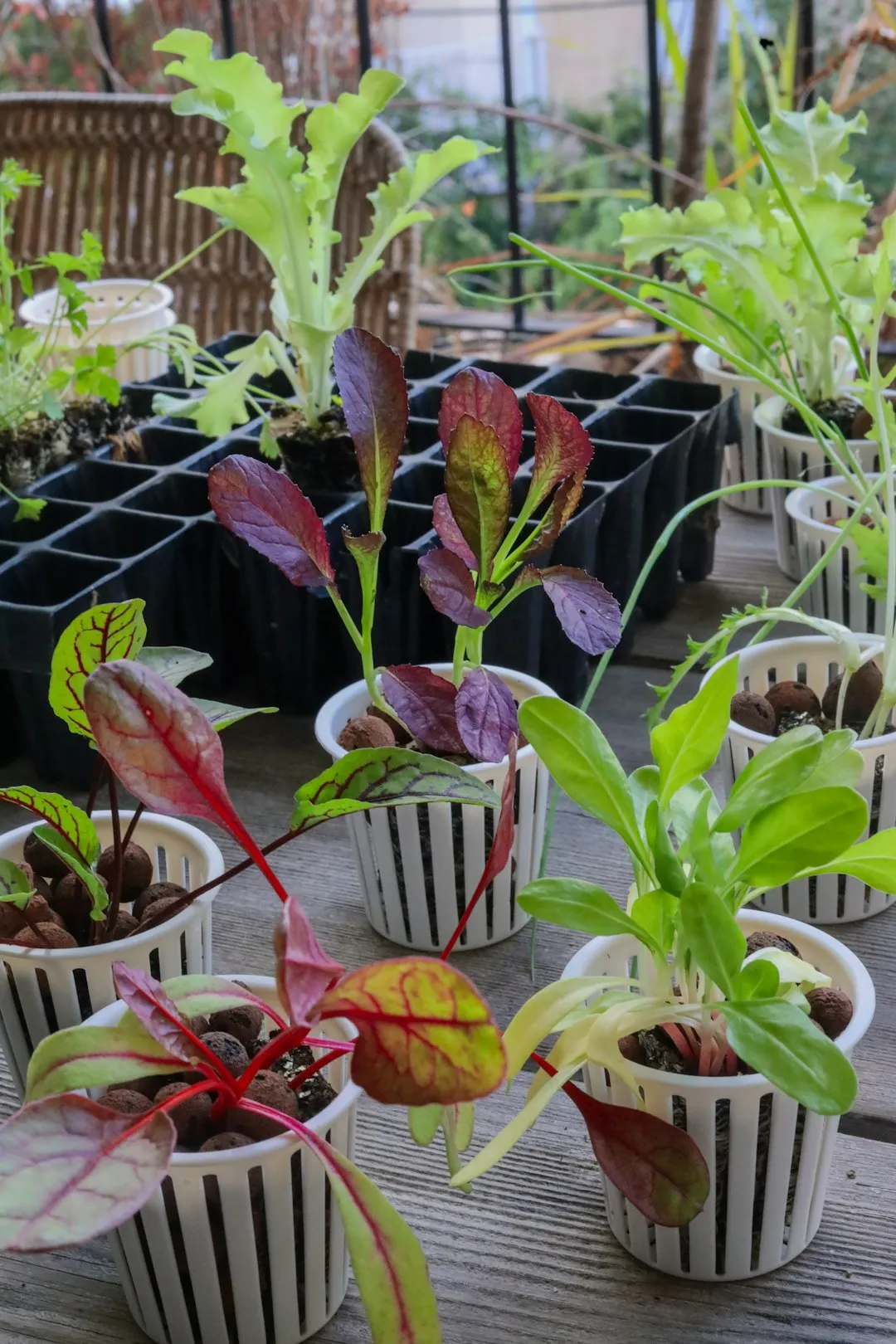The Secret of Rice - Rinsing Water for Your Garden

In the realm of gardening, every enthusiast is constantly on the lookout for natural and cost - effective ways to enhance the health and growth of their plants. One such idea that has recently taken the gardening world by storm is the use of waste water from rinsing rice on plants. This simple kitchen by - product, often overlooked and discarded, might just hold the key to a thriving garden. But before we start dousing our plants with rice - rinsing water, let's delve into the science behind it and find out if it truly lives up to the hype.
First and foremost, what exactly is in rice - rinsing water? When you rinse rice, you're essentially washing away the outer layer of the grains, which contains various nutrients. Rice is rich in carbohydrates, vitamins, and minerals. As you rinse it, these substances are released into the water. Carbohydrates can act as a source of energy for beneficial soil microbes. These microbes play a crucial role in breaking down organic matter in the soil, making nutrients more accessible to plants. Vitamins such as B - vitamins, which are present in rice, can contribute to overall plant health, aiding in processes like photosynthesis and cell division.
One of the significant minerals found in rice - rinsing water is potassium. Potassium is an essential nutrient for plants. It helps in the regulation of water movement within the plant cells, which is vital for maintaining proper turgor pressure. This means that plants can stand upright and are better able to withstand drought conditions. Additionally, potassium plays a role in enzyme activation, which is necessary for many biochemical reactions in the plant, including the synthesis of proteins and the transport of sugars.
Another advantage of using rice - rinsing water is its ability to improve soil structure. The organic matter in the water can help bind soil particles together, creating a more porous and well - drained soil. This is particularly beneficial for plants as it allows roots to penetrate the soil more easily, access nutrients, and take in oxygen. In heavy clay soils, the addition of rice - rinsing water can help break up the compacted soil, while in sandy soils, it can improve water - holding capacity.
Now, let's talk about how to use rice - rinsing water effectively in your garden. The first step is to collect the water. Simply save the water you use to rinse your rice instead of pouring it down the drain. It's important to note that the water should be used relatively fresh. If you let it sit for too long, it may start to ferment, which can produce an unpleasant odor and potentially harm your plants.
You can use rice - rinsing water in several ways. One of the simplest methods is to use it for watering your plants directly. Pour the water around the base of the plants, making sure to saturate the soil. This is especially useful for potted plants, as it provides them with an extra boost of nutrients. For larger garden beds, you can use a watering can or a hose attachment to distribute the water evenly.
Another option is to use rice - rinsing water as a foliar spray. Fill a spray bottle with the water and mist the leaves of your plants. This can be beneficial as plants can absorb some nutrients through their leaves. However, it's best to do this in the early morning or late afternoon to avoid the water evaporating too quickly and potentially burning the leaves.
But like any gardening practice, there are also some precautions to take when using rice - rinsing water. If you use a lot of salt when cooking your rice, the rinsing water may contain a high amount of salt. Excessive salt can be harmful to plants, as it can disrupt the balance of water and nutrients in the soil. So, if you're a heavy salt - user, it's best to use the water sparingly or dilute it with fresh water.
Also, not all plants may respond equally well to rice - rinsing water. Some plants may have specific nutrient requirements, and the nutrients in rice - rinsing water may not be sufficient or may even be too much for them. It's a good idea to do a small test on a few plants first and observe how they react over a period of time.
In conclusion, using waste water from rinsing rice on your plants is a promising idea that has the potential to boost plant health and growth. It's a natural, cost - effective, and eco - friendly way to give your garden an edge. By understanding the science behind it and using it correctly, you can make the most of this simple kitchen by - product and enjoy a lush, vibrant garden.
So, the next time you're in the kitchen rinsing rice, think twice before pouring that water away. Your plants might just thank you for it!